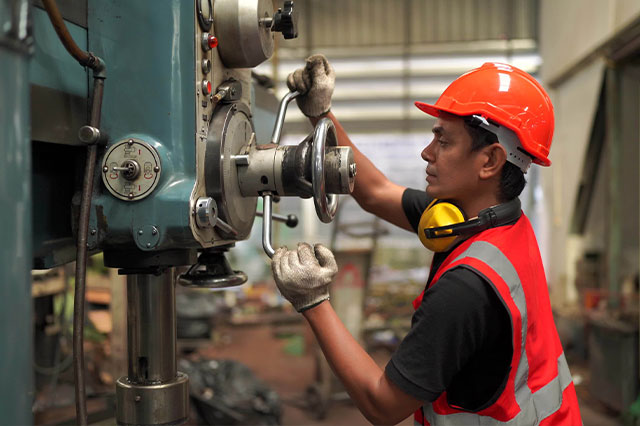Types of Machining Processes
- Turning: Involves rotating a workpiece on a spindle while a cutting tool removes material to create cylindrical shapes. Commonly used for producing shafts, rods, and other rotational parts.
- Milling: Utilizes rotating multi-point cutting tools to remove material from the surface of a workpiece. It can produce flat surfaces, slots, and complex contours.
- Drilling: Creates holes in a workpiece using a rotating cutting tool called a drill bit. It's essential for various applications such as assembly, fastening, and part integration.
- Grinding: Uses abrasive wheels to remove material and achieve precise surface finishes. It's employed for high-precision components and hardened materials.
- EDM (Electrical Discharge Machining): Removes material by generating sparks between the workpiece and a tool electrode submerged in a dielectric fluid. It's effective for machining complex shapes and hardened materials.
- Laser Cutting: Employs a high-power laser to melt, burn, or vaporize material, enabling precise cutting and shaping of various materials including metals, plastics, and composites.
- Waterjet Cutting: Involves using a high-pressure stream of water mixed with abrasive particles to cut through materials. It's versatile and can cut a wide range of materials without creating heat-affected zones.
- Electron Beam Machining (EBM): Uses a high-velocity beam of electrons to remove material from a workpiece. It's primarily used for machining electrically conductive materials.




